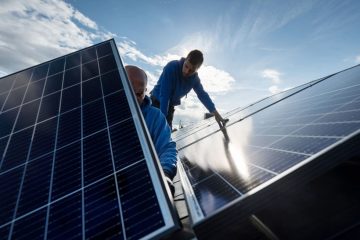Climate Change
Jo Brand, comedian extraordinaire, translates my climate science for real people.
Politicians are failing us abysmally on the climate crisis ❗ So can comedians step up and save the day?? Watch the heroic comedy legend, Jo Brand, give it a proper shot with leading climate scientist Professor Mark Maslin, in our fourth Climate Science Translated film. We all need to play Read more…








